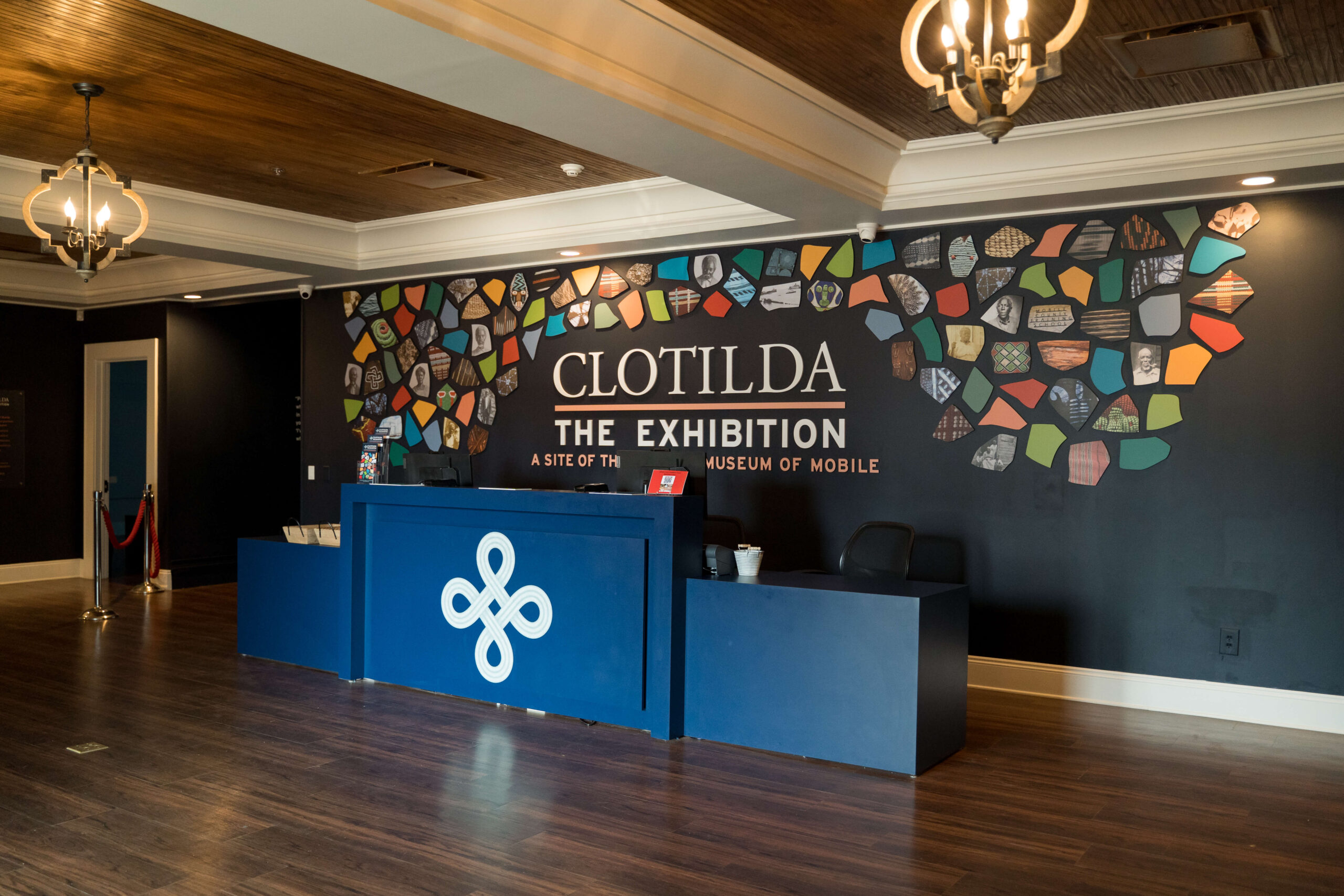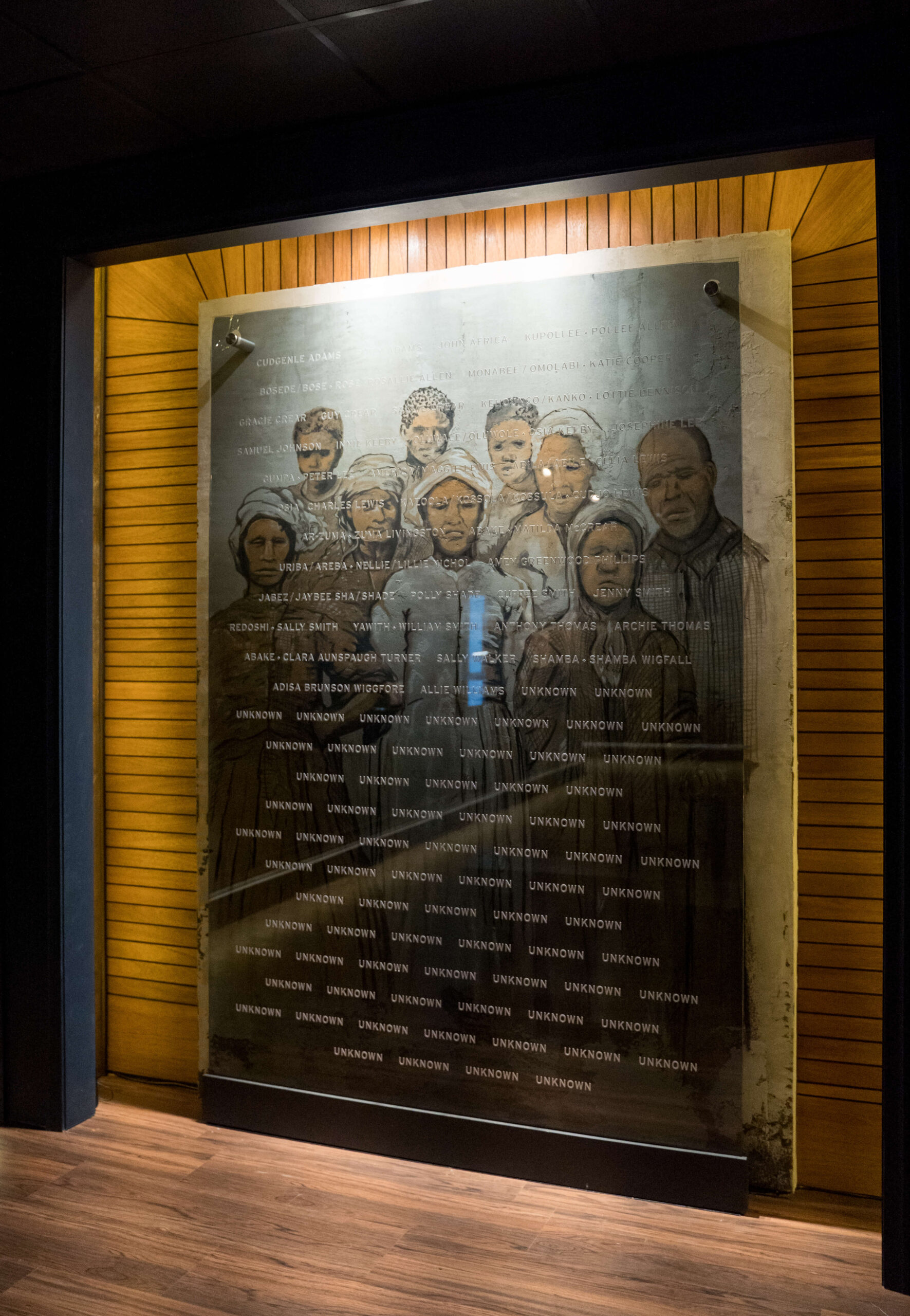
On July 8, 1860, the last-known slave ship, the Clotilda, arrived in Mobile Bay, carrying 110 enslaved Africans to America. That exact day, 163 years later, descendants of the ship’s survivors gathered together to remember and honor their loved ones through ceremonies and events surrounding the opening of the Africatown Heritage House, a museum dedicated to showcasing the history of the Clotilda.
The weekend started with the dedication of the museum on Friday, followed by a community day on Saturday. A memorial ceremony took place under the Africatown Bridge where dozens of descendants shared stories and memories of their family members while tossing wreaths into the water to commemorate their legacy. Once the ceremony was over, the museum opened to the public for the first time.

The 2,500 square-foot exhibit is a chronological telling of the Clotilda’s origins, its survivors and how the Africatown community in Mobile was settled. The museum also features a brief history of the transatlantic slave trade that was outlawed in the United States 53 years before the Clotilda’s 45-day journey. Stories from the Clotilda’s survivors including its most famous passenger, Oluale Kossola, better known as Cudjoe Lewis, with artifacts from the ship on display for visitors to view.
“I am proud of the work that went into it,” said Altavese Rosario, vice president of the Clotilda Descendants Association. “By viewing the exhibit, you see that it was a labor of love. You see the personality of the ancestors. The way that it was laid out, the way that the staff was intentional in what was shared, how it was shared, where it was shared in such a way that not only succinctly told the story of the 110 but told in it a celebratory way, in a humanizing way, in a way that was honorable.”

Goodwyn Mills Cawood (GMC) was retained by the Mobile County Commission to provide architecture, interior design, site/civil engineering design, landscape architecture, geotechnical engineering and surveying for the first-of-its-kind museum. Architects designed the exterior of the building to fit within the fabric of the Africatown community and selected exterior colors that honored the enslaved occupants of the Clotilda and also symbolized the strength and perseverance of her descendants. In addition to the exhibit hall, the 5,000 square-foot building also hosts an entry porch, lobby, conference room and offices. A memorial garden has also been designed as part of the landscape and will incorporate sculptural ceramics from renowned artist Charles Smith.
Read more about “Clotilda: The Exhibition” and the Africatown Heritage House from Forbes.
Clotilda Image Gallery







